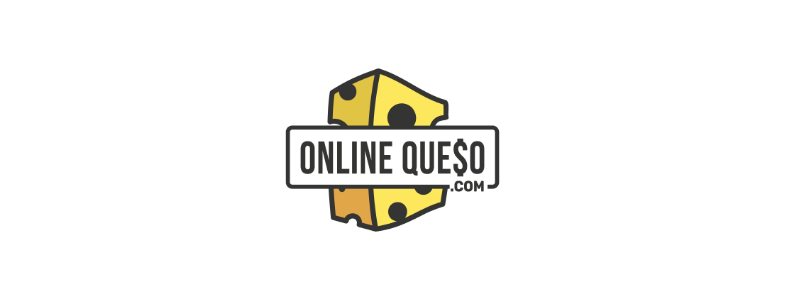Let me be clear: this isn't a statement of fact. It's a prediction based on trends we're seeing at Sweat Pants Agency.
The problem? In Meta (Facebook and Instagram), we're seeing higher ad frequencies and less reach on accounts when we only purchase optimize.
Back in the day, running Facebook ads on a large budget meant reaching 80 million people (still short of Facebook's claimed 220 million in the US). Today, many accounts max out at 20-40 million.
Why? I believe Facebook has gotten so good at identifying in-market signals that, if you optimize for purchases, they only put you in front of those likely buyers. This creates a hyper-competitive environment where the same people see your ads repeatedly, leading to declining performance.
If I click on an ad for a t-shirt brand, my Facebook feed is soon flooded with t-shirt ads. Facebook is not only getting you in front of likely buyers, but also using you as an in-market signal for your competitors. This results in higher costs and fewer new customers.
Further, in more established brands, we're observing a growing consideration gap — the time between when someone first learns about your brand and when they actually make a purchase. This gap can now stretch for some brands as long as 3 to 6 months, making traditional direct-response ads less effective on their own.
The Solution? An Experiment in Progress
We don't have a rock-solid, guaranteed solution yet. But anecdotal data and early signals are leading us in a new direction.
Example #1: The Online Prescription Brand. A friend saw acquisition costs triple as competition increased. By creating blog articles addressing side effects and other common questions, and driving traffic to these pages with purchase optimization, he halved his CAC.
Example #2: The Snack Subscription Brand. Our best performance involved heavy YouTube use for top-of-funnel awareness. While in-platform results were not always amazing, post-purchase surveys showed many customers first discovered the brand on YouTube, and we saw a significant drop in blended CAC.
Example #3: Top-of-Funnel Optimization. In a regional holdout test, using top-of-funnel optimization for a pet brand slightly decreased the blended cost per acquisition (CPA) and brought in more new customers than we could acquire through purchase optimization alone.
We've seen success with similar approaches using advertorials, listicles, and other content-driven formats. For example, we ran a '5 Reasons Why to Try It' and '5 Reasons Why Not to Try It' campaign for an outdoor magazine and saw it reach entirely new audiences.
With a keto brand, we tapped into top-of-funnel research traffic on Google by creating content mirroring the top organic results, like the top keto snacks of 2025. It also worked well within Meta.
The Key to Unlocking Growth in 2025?
All of this leads me to believe there are untapped buyers outside of Facebook's traditional in-market signals.
To reach them, I propose:
-
Content is Important: Create a well-optimized blog and landing pages that engage people and educate them.
-
Optimization Diversity: Experiment with optimization methods beyond purchase optimization.
-
Creative Expansion: Embrace different types of creative content.
Motion reported a rise in brands running 7-figure ad campaigns that don't introduce the product until 20-30 seconds into the ad. We've seen similar success.
So, what if we created video ads that start with engaging content and then transition into the product?
Imagine ads like "The Top 3 Italian Cheeses," "The History Behind Cheese," or "The Stinkiest Cheese in the World," followed by a cheese subscription offer. Our tests are in the early stages, and I can't say much yet.
But I believe the answer to expanding your reach on Facebook in 2025 lies in creative and content diversification. We'll see how it all plays out, but the anecdotal data and early signals are compelling.
Final Thoughts
The e-commerce landscape is constantly evolving, and many continue to seek greener pastures outside of Meta, chasing the promise of easier demand generation. All too often, they find those pastures barren.
Perhaps the answer isn't abandoning Meta altogether, but rather, modifying your strategy within the platform. By embracing creative and content diversification, you can tap into a larger audience that your competitors are ignoring, simply because they're too narrowly focused on purchase optimization.
This approach is particularly effective for established brands battling ad fatigue, but the underlying principles are equally vital for new brands seeking to build long-term resilience.
-----------------------------------------------------------------
Eric Carlson is the co-founder of Sweat Pants Agency, the only agency to build two brands—one B2B, one B2C—from scratch to INC #1 fastest growing in their categories. He leads a team managing over $4M monthly in digital ad spend and delivering 100M+ email sends per month.


0 comentarios